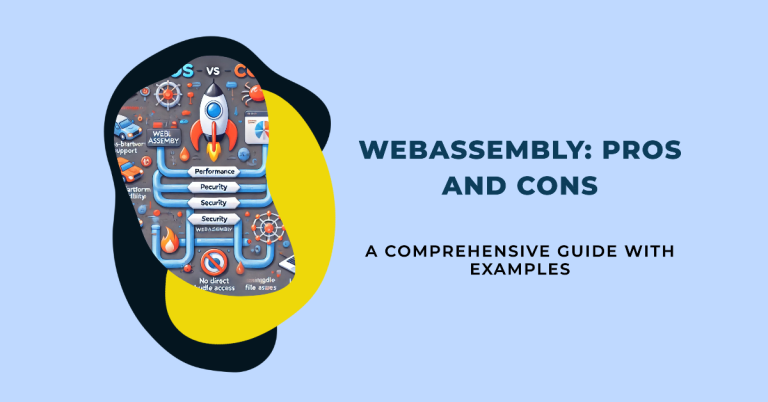Building an IoT-Based Smart Garden Monitoring System with NodeMCU and MQTT
Smart gardening has emerged as a popular application of IoT technology, enabling gardeners to monitor and manage their plants more effectively. In this guide, we’ll walk you through the process of creating a smart garden monitoring system that tracks soil moisture, temperature, and light levels using NodeMCU, with data transmitted via MQTT to a central…









